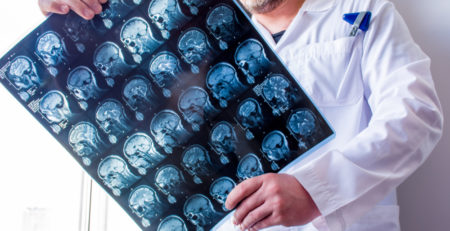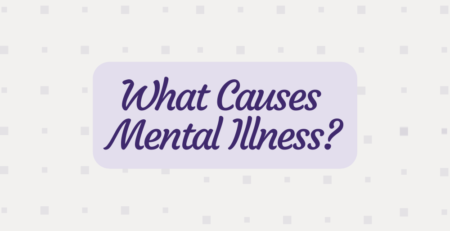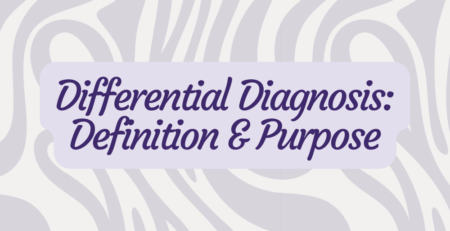OCD Physical Symptoms
OCD, also known as obsessive-compulsive disorder, causes severe anxiety in people who have it. When someone has this condition, they experience the same thought repeatedly. This “obsession” can lead to compulsive behaviors (“compulsions”), such as cleaning, doing the same task a specific number of times, and other activities, in an effort to alleviate that anxiety. This guide helps you understand what causes OCD, the physical symptoms people exhibit, and treatment options.
What Causes OCD?
OCD can happen for several reasons. Experts speculate that the disorder can originate from hereditary or genetic factors. Moreover, these anxieties can be learned behaviors. Distorted beliefs can also be a cause of OCD. They force the person to experience the same thoughts and behavioral patterns over and over again.
A person with underlying mental illnesses, hormonal imbalances, or frequent exposure to stressful situations can also form OCD. A medical professional must assess the individual so that they can treat the sources that cause the disorder.
What are OCD Physical Symptoms?
People with OCD often express obsessive thoughts related to cleanliness, irrational fear of incurring injury or dying, or an excessive need to keep things in order. These behaviors can manifest into physical symptoms, such as:
- The person might feel the need to constantly wash their hands, clean their home, or brush their teeth.
- They might repeat numbers, words, or phrases a specific number of times.
- Impulsively checking door locks, making sure appliances are off, and turning off the lights.
- Setting up furniture or objects in an exact way. And adjusting them constantly to ensure they remain so.
- They might verbally try to replace a negative thought with a good one.
- They repeat the same activities like walking, reading, or more in the same pattern.
- The person touches items the same way for a specified time or intervals of touch.
As you can imagine, these behavioral patterns become more excessive as they set in. Over time, they could lead to avoidance. Avoidance is where a person refrains from engaging in an activity because there is a trigger that fuels their anxiety. The trigger could be any situation, smell, or sound. When the person pulls back, it prevents them from enjoying activities they used to enjoy, such as socializing, traveling, even eating.
OCD Treatment Options
There are treatment options available for those suffering from OCD. The first step is to speak with a mental health professional. Doing so allows the therapist to learn more about the person, their daily behaviors, their anxieties, and more. This first step is crucial, as it can help them uncover any underlying mental illnesses that might contribute to OCD symptoms.
From there, the patient might undergo cognitive-behavioral therapies. In this setting, they will learn coping skills to confront anxieties when they arise.
Gain Peace Through Personalized Treatment
Our team can help you gain control over your anxious thoughts and behaviors. We do this by devising treatment solutions that address the cause of your anxiety. Contact us to begin the work towards a peaceful future.
















